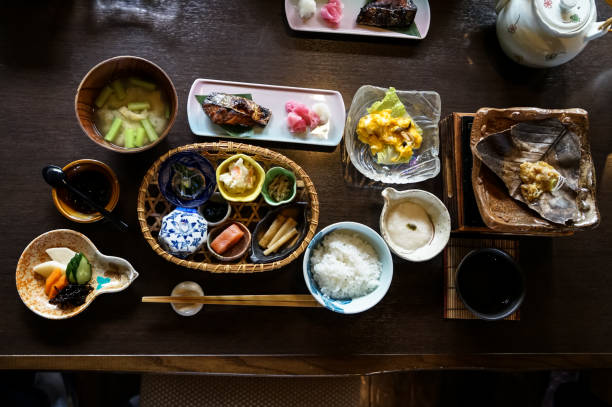The most important factor in creating food products and meals is flavour. Any chef or amateur cook will tell you that understanding flavour combinations is crucial to improving your cooking skills. Although the flavour is subjective, it is ultimately determined by our universal tastes. The way flavours bring back memories can help you recall a childhood meal. It is important to understand the different flavours so that you can create delicious, memorable meals that people will remember for many years.
What is Flavour?
We discussed 5 types of taste in a recent article titled What Is Taste? Why is It Important for Food Products? While the idea of taste can be more clearly defined, the flavour is an abstract concept open to interpretation. There are 5 flavours and many flavours. The five basic tastes that humans can perceive are taste and flavour. However, flavour refers to the attributes of chemical substances produced by the senses of smell, taste and touch.
What are the various types of flavours?
Food and beverage regulations are usually broken down into three categories.
Natural flavours These are processed ingredients derived from plants, essential oil, proteins, and yeasts. Depending on the composition of the ingredients, these ingredients can be classified either as a GRAS (Generally Recognised as Safe) ingredient or a food additive, according to the FSA. Natural flavours include vanilla, rose, lavender, orange and lemon.
Artificial flavours These chemically-composed ingredients are often regulated as food additives. They require additional safety assessments before they can be made for sale to ensure they are safe for human consumption. Please read our article to learn more about food additives. Here.
Although most artificial ingredients can be considered additives, some artificial flavours can be classified as GRAS ingredients. These include many commonly-found flavours like strawberry, cinnamon and vanilla.
Spices – These spices are primarily aromatic plants or vegetables that can be found in many forms, including dried and ground or whole. They also include herbs such as rosemary, pepper, and basil. These ingredients are usually considered GRAS ingredients.
What is Flavour?
The flavour is an essential component of food and beverage products. Both natural and artificial flavours are important in how food and drinks taste. Although the flavour is subjective, everyone agrees that flavours matter regardless of taste.
The flavour is not only a key factor in new product trends but also a crucial success factor for any food and beverage product. It would be nearly impossible to create delicious foods without the richness of flavours we can experience and work with.
Artificial flavours play a crucial role in creating and enjoying processed foods we eat daily. Imagine the taste of a British strawberry in summer. It is simply amazing. Can you imagine eating a strawberry in the UK during February? Artificial flavours save you the hassle of flying strawberries halfway around the globe.
Why is Flavour Important for Customers?
Flavour plays an important role in food choices and habits. How we taste food can impact our food production, consumption, and purchase decisions. ‘Flavour trend’ is a term which has cropped up more and more in the past decade, with customers continually setting the standard for the foods they enjoy and wish to continue purchasing/consuming.

